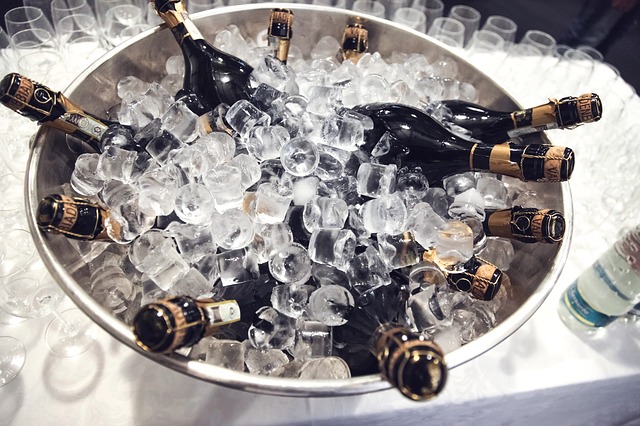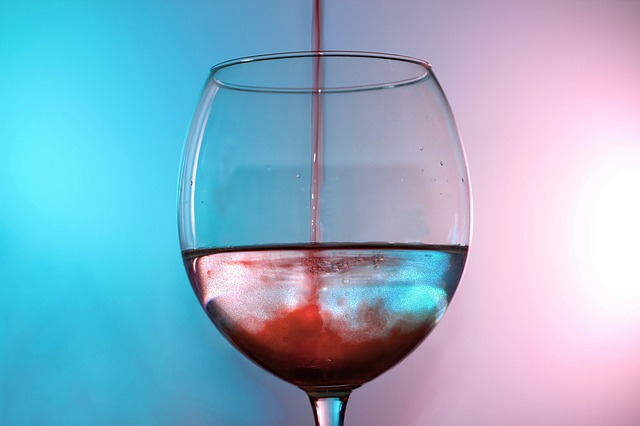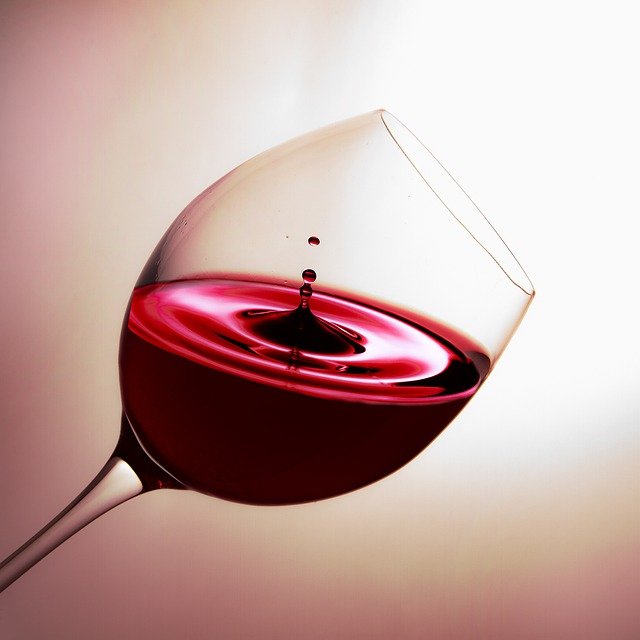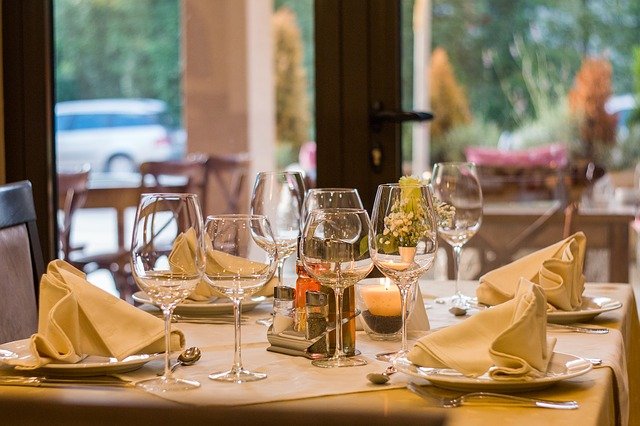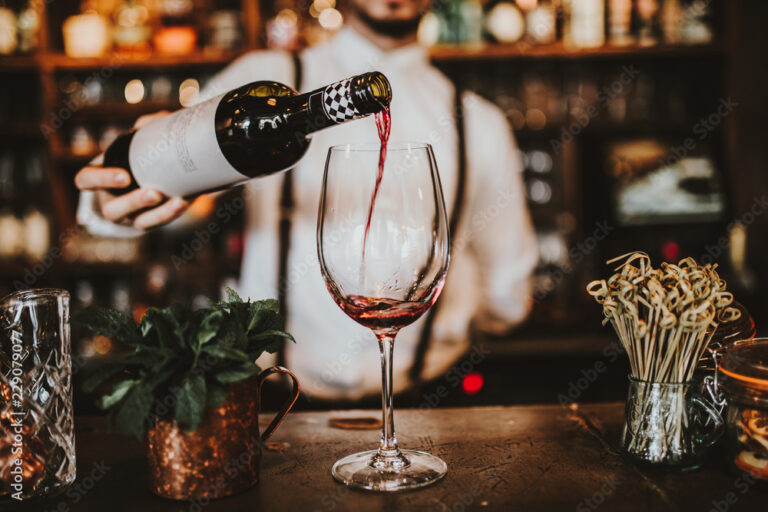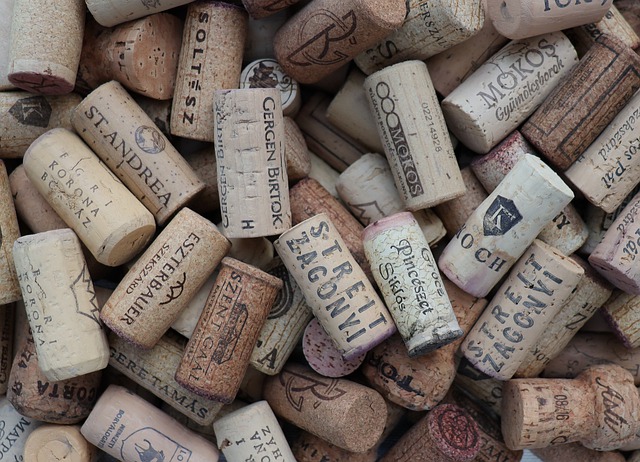Lambrusco wine, also known as Lamprosuco, is produced in the Italian region of Emilia-Romagna and has been popular with wine lovers in Italy since the 18th century.
Lambrusco red wine is made by fermenting Lambrusco grapes harvested from the Emilia-Romagna region.
The Lambrusco grape, also known as Uva Rara, was used to make white and sparkling wines. Still, it was not until the 19th century that producers decided to add sugar and anthocyanin color to create deep red wines like those we enjoy today.
Let’s talk about 9 tips for preserving Lambrusco wine
Table of Contents
- #Don’t Avoid The Truth
- #It Should Be Kept Refrigerated
- #Losing Air Through The Cork
- #Don’t Leave It In A Place With Direct Sunlight
- #Don’t Open It At All If You Are Not Going To Drink It
- #Keep the Temperature Stable Between 14°C to 18°C
- #Make Use Of Half-bottles
- Is Lambrusco a Champagne?
- Does Lambrusco Get Better with Age?
- Closing Thoughts On Preserving Lambrusco Wine
#Don’t Avoid The Truth
Here’s a little factoid you might find interesting (or not). Lambrusco, an Italian red wine with ties to Bologna and Reggio Emilia, has enjoyed a surge in popularity over the past several years. There are many different styles of Lambrusco available today.
From dry to sweet, light-bodied to full-bodied, and from low alcohol content to high.
While Lambrusco may not be for everyone, it is one of those wines that winemakers can experiment with because it’s still unknown enough in many markets worldwide that it gives them something unique to work with.
#It Should Be Kept Refrigerated
If you buy Lambrusco wine, it is better to keep it in a refrigerator and only remove it when needed. It will be fine at room temperature for a few hours, but you no longer need to leave it out.

Refrigeration will slow down evaporation and oxidation, which are processes that affect how Lambrusco tastes over time.
Keeping it cold also slows down bacterial growth, so as long as you store your bottles in a dark place away from heat sources, you should be fine leaving your wine unrefrigerated.
#Losing Air Through The Cork
When corked wine ages, it undergoes several changes. A good amount of gas is released from the solution as various substances in the wine interact.
It’s a normal part of aging and not something that should make you fear for your health or ruin your day if you accidentally open a bottle like that.
These wines are often pleasant to drink–just be sure to decant them for a bit before serving so you can remove any sediment which may have formed inside during aging.
In case you’ve lost the crock of your wine bottle, here you can order from amazon!
#Don’t Leave It In A Place With Direct Sunlight
Several factors can lead to wine spoiling, including temperature and humidity. If a bottle is left in direct sunlight, it can heat up too quickly. This forces fermentation which will create vinegar out of alcohol (yikes).
Opt for storing your bottles in a cool and dark place where there’s little chance of them getting knocked over or damaged.
Also, make sure you check your wine regularly to avoid spoilage as well. Lambrusco is best served chilled, so you don’t want it sitting at room temperature for weeks!
#Don’t Open It At All If You Are Not Going To Drink It
If you have a lot of wines at home that you might never drink, it’s essential to keep them in proper storage. If you do not have a wine cellar, your best bet is to keep all of your wines in a dark and cool place.
The ideal place for long-term storage of wines is just below 50 degrees Fahrenheit. Also, red wine is better stored on its side, and white wine should be kept upright.
Storing wine on its side will help eliminate sediment from settling in and ruining the taste of your favorite vino.
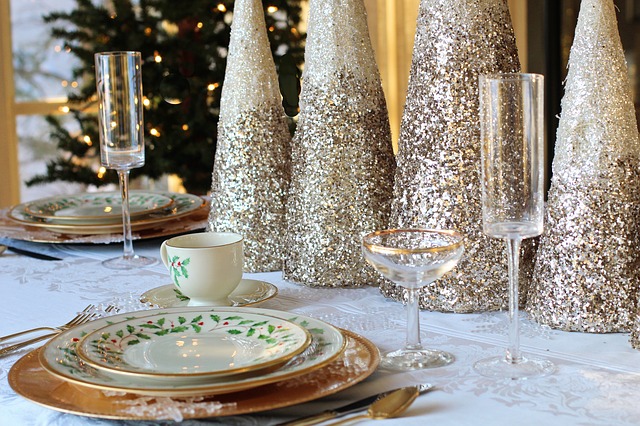
Depending on the type, there are other specific ways to store your bottles, so consult with a professional if you have any questions about preserving wine at home.
#Keep the Temperature Stable Between 14°C to 18°C
This means that you should keep your Lambrusco at these temperatures. If you want to put it in a refrigerator, do so for a maximum of 12 hours and then let it warm up to room temperature (for not more than 24 hours) before taking it out again.
Do not be tempted to refrigerate it permanently because its taste will be seriously affected.
Remember that there are ideal ways to keep each type of wine; therefore, read as much as possible about storing wine properly.
#Make Use Of Half-bottles
When you open a bottle of wine, do you finish it right away? While no one’s telling you not to drink it, there are better ways to preserve your remaining wine.
If your wine doesn’t come in half-bottles (like Lambrusco does), transfer a portion into another container and refrigerate.
Even if it has a cork, cork taint isn’t always fatal for half-bottles. The rest of your wine can stay at room temperature for up to three days, but it needs more TLC than we can provide here.
Is Lambrusco a Champagne?
Well, it’s complicated. Lambrusco is a sparkling red wine made in Emilia-Romagna (central Italy), but it’s not Champagne or French. You might remember sparkling Italian wines were all the rage a few years ago, especially those produced in areas like Franciacorta and Valdobbiadene, not far from Verona.
Like those wines, Lambrusco has been produced in its namesake region for hundreds of years—albeit under a different name.
It wasn’t until 1872 that agronomist Giuseppe Rovani suggested that particular wine should be called Lambrusco, after his native village located just north of Modena.
Does Lambrusco Get Better with Age?
The answer to that question is yes; however, it depends on what you’re looking for. Lambrusco wines are best enjoyed within their first year of production. While they can be aged and improved with age, they were not created to be aged and should not be consumed once they have reached an alcohol content level of 20% or more.
Lambrusco grapes are harvested in September and October when the grape skins achieve maximum thickness; therefore, consuming them after only a few months is ideal.
Some winemakers will fortify their wines by adding additional alcohol at that time, hence why some older bottles of Lambrusco may appear to have higher levels of alcohol than those harvested just a few weeks prior.
Closing Thoughts On Preserving Lambrusco Wine
Lambrusco is a traditional Italian red wine made from native grape varieties typical of Emilia-Romagna and Lombardy.
It’s known for its fruity flavor and low tannin content. Lambrusco also tends to be less acidic than other red wines, making it a good choice for those who may not enjoy dry red wines, like Cabernet Sauvignon or Shiraz.
Lambrusco ranges in color from pale yellow to deep ruby, with some producers coloring their wine during fermentation or after bottling to enhance visibility in restaurants and stores. So read on to learn about preserving wine at home with our Lambrusco guide below.

